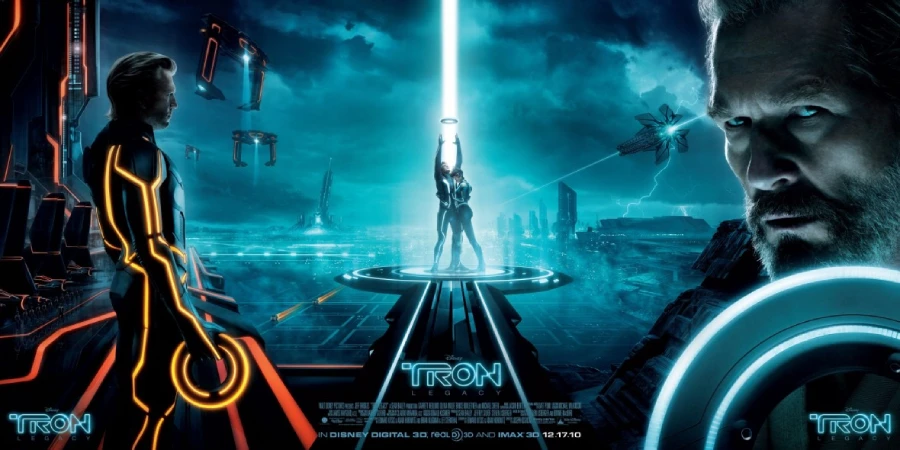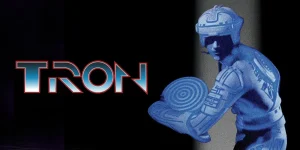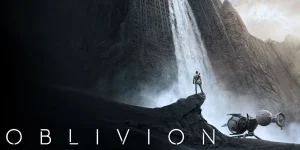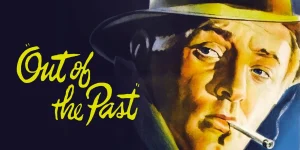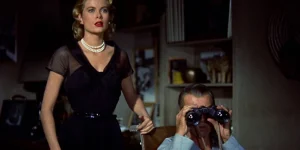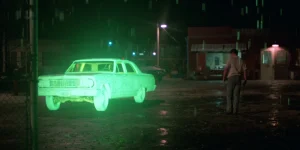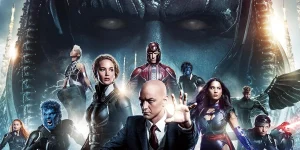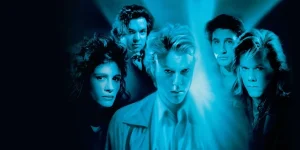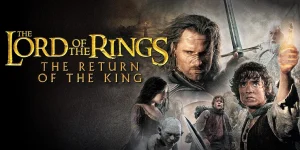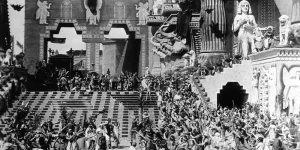Tron: Legacy is a 2010 science fiction film directed by Joseph Kosinski in his feature film debut. A sequel to the 1982 cult classic Tron, it builds upon the digital frontier of the original film and dives deeper into philosophical themes like artificial intelligence, digital identity, and the limits of perfection. With a sleek, neon-drenched aesthetic and a legendary Daft Punk score, Tron: Legacy has become a cult favorite in its own right.
Table of Contents
ToggleDetailed Summary
The Disappearance of Kevin Flynn
The movie begins with Kevin Flynn (Jeff Bridges), CEO of ENCOM and the protagonist of the original Tron, mysteriously disappearing in 1989. He leaves behind his young son, Sam Flynn. Flynn was reportedly working on a digital frontier, a virtual universe where he had discovered something revolutionary—“a miracle” as he described it. One day, he vanishes without a trace.
Years later, ENCOM is a soulless tech corporation, and Sam (Garrett Hedlund) has grown into a rebellious adult who plays pranks on the company but avoids responsibility.
Back to the Grid
Sam receives a mysterious message from his father’s old arcade. Upon investigating, he finds a secret lab and activates a laser that digitizes him into the Grid—the virtual world Kevin had once created. Sam is quickly captured and forced into gladiatorial combat in a disc battle and light cycle arena. The action is fast and thrilling, a visually modernized homage to the 1982 film.
He soon meets Clu (also played by Jeff Bridges), a program that Kevin had created in his own image to help build a perfect system. However, Clu turned against Kevin, seeking perfection by eliminating anything that didn’t fit his vision—including human users.
Meeting Quorra and Reuniting with Flynn
Sam is rescued by Quorra (Olivia Wilde), a mysterious program with humanlike curiosity and warmth. She takes him to a remote hideout outside Clu’s surveillance. There, Sam finally reunites with his father Kevin Flynn, now older, wise, and Zen-like, who has been trapped inside the Grid for decades.
Kevin reveals that Clu betrayed him and took over the system. Kevin also speaks of a race of programs called ISOs (Isomorphic Algorithms)—self-generated beings with potential to solve real-world problems like disease and science. Clu viewed them as imperfections and wiped them out, except for one: Quorra.
The Race to the Portal
A portal between the Grid and the real world has opened temporarily, but it will close soon. Sam wants to escape and bring his father back with him. Kevin is reluctant, fearing that Clu will follow and bring chaos into the real world. They devise a plan to reach the portal before it closes.
This leads to high-speed chases on light jets, data-smashing battles, and philosophical conversations about creation, control, and evolution. They confront Clu in a dramatic finale where Kevin ultimately sacrifices himself to prevent Clu from crossing over. He reintegrates with Clu—destroying them both—and allowing Sam and Quorra to escape to the real world.
Movie Ending
In the climactic scene, Sam, Kevin, and Quorra race toward the portal in a stolen solar sailer. Clu ambushes them near the portal, leading to an emotional and action-packed final showdown.
As Clu lunges for the portal, Kevin confronts him, admitting that he was wrong to try to create perfection. He realizes that imperfection is what makes life beautiful. Clu, unable to understand this, tries to force his way through.
To stop him, Kevin initiates a re-integration—a process that merges and annihilates both himself and Clu. In a glowing explosion of light and code, both are deleted, giving Sam and Quorra enough time to escape.
Back in the real world, Sam downloads the Grid’s data onto a storage device. Outside the arcade, he meets Alan Bradley (Bruce Boxleitner) and tells him he’s taking over ENCOM, hinting at a new future.
In the final moments, Sam rides off into the sunrise on a motorcycle with Quorra, now a human being in the real world. She gazes at the sky in wonder—the first time she’s ever seen it. It’s a quiet, poetic ending that symbolizes the meeting of two worlds and the birth of something new.
Are There Post-Credits Scenes?
No, Tron: Legacy does not have a post-credits scene. However, the film leaves open plenty of possibilities for sequels, and Disney did tease continuation with Tron: Uprising (an animated series) and development talks for Tron: Ares.
Type of Movie
Tron: Legacy is a science fiction action adventure film with strong elements of cyberpunk, philosophical drama, and visual spectacle. It’s also a rare example of a modern sequel that respects its predecessor’s visual and thematic DNA.
Cast
- Garrett Hedlund as Sam Flynn
- Jeff Bridges as Kevin Flynn / Clu
- Olivia Wilde as Quorra
- Michael Sheen as Castor / Zuse
- Bruce Boxleitner as Alan Bradley / Tron
- James Frain as Jarvis
- Beau Garrett as Gem
Film Music and Composer
The score for Tron: Legacy was composed by the legendary electronic duo Daft Punk. Their score blends classical orchestration with electronic beats, perfectly capturing the fusion of human and digital realms. Tracks like “Derezzed” and “End of Line” became iconic, and the entire soundtrack is often credited as one of the best film scores of the 2010s.
Filming Locations
Principal photography was done in Vancouver, British Columbia, including studio work and city locations. The iconic Flynn’s Arcade scenes were filmed in a real arcade recreated in a warehouse. Most of the Grid sequences were shot using green screen and digital environments, with extensive use of CGI and motion capture.
Awards and Nominations
- Nominated for Academy Award for Best Sound Editing
- Nominated for Saturn Awards including Best Science Fiction Film
- Won several Visual Effects Society (VES) awards
- Nominated for Grammy for Best Score Soundtrack for Visual Media
Behind the Scenes Insights
- Jeff Bridges was digitally de-aged using groundbreaking CGI to play both Flynn and Clu.
- The light suits were real costumes with embedded LEDs, not CGI—actors had to wear batteries on their backs.
- Joseph Kosinski was an architect before directing, influencing the film’s clean, symmetrical production design.
- Daft Punk appears in the film as DJs at Castor’s nightclub.
- The film used 35mm and 3D digital cameras, blending old-school and new-age filming techniques.
Inspirations and References
- Direct sequel to the original Tron (1982), itself a groundbreaking movie about digital space.
- Influenced by cyberpunk literature and films like Neuromancer and Blade Runner.
- Thematically draws from Plato’s Allegory of the Cave, Frankenstein, and Gnosticism, especially in Clu’s obsession with perfection.
Alternate Endings and Deleted Scenes
Several deleted scenes include:
- Extended scenes in the nightclub involving Castor.
- More development on Tron’s character (Rinzler) and his inner conflict.
- An alternate intro showing more of Kevin Flynn’s early years building the Grid.
None of these fundamentally change the story but add depth to certain characters and world-building.
Book Adaptations and Differences
There is a novelization of Tron: Legacy, which expands on the backstories of the ISOs and Clu’s dictatorship. It includes Kevin Flynn’s internal monologues and a more detailed explanation of the digital world. However, the core plot remains largely unchanged.
Memorable Scenes and Quotes
Key Scenes
- Sam’s digitization into the Grid
- The Disc Wars battle in the arena
- The light cycle duel in the digital city
- The revelation that Rinzler is actually Tron
- Kevin’s sacrifice to destroy Clu
Iconic Quotes
- Kevin Flynn: “The Grid. A digital frontier. I tried to picture clusters of information as they moved through the computer.”
- Clu: “I did everything… everything you ever asked!”
- Quorra: “Flynn is teaching me about the art of the User.”
- Kevin Flynn: “Perfection is unknowable. It’s right in front of me.”
Easter Eggs and Hidden Details
- Alan Bradley’s pager message comes from “KFlynn”, hinting at his connection to Tron.
- Clu’s speech to his army mirrors speeches by totalitarian leaders, hinting at fascist undertones.
- The club’s name, “End of Line”, is a reference to a command in coding.
- Rinzler’s identity as Tron is revealed subtly via his theme music and red-to-white color shift.
Trivia
- The identity disc props were made using translucent resin and embedded electronics.
- Olivia Wilde did much of her own stunt work.
- The word “Derezzed” (short for “de-resolved”) became a pop culture term for digital death.
- Disney built a real, fully functional Flynn’s Arcade in San Diego Comic-Con as promotion.
Why Watch?
Tron: Legacy offers a unique fusion of high-concept science fiction, jaw-dropping visuals, and an unforgettable electronic score. It’s both a nostalgic throwback and a bold reimagining. If you like stories about artificial worlds, digital philosophy, or just want to see a glowing light cycle chase at full speed—this is a must-watch.
Director’s Other Movies
- Oblivion (2013)
- Only the Brave (2017)
- Top Gun: Maverick (2022)
- Tron: Ares (2025)

